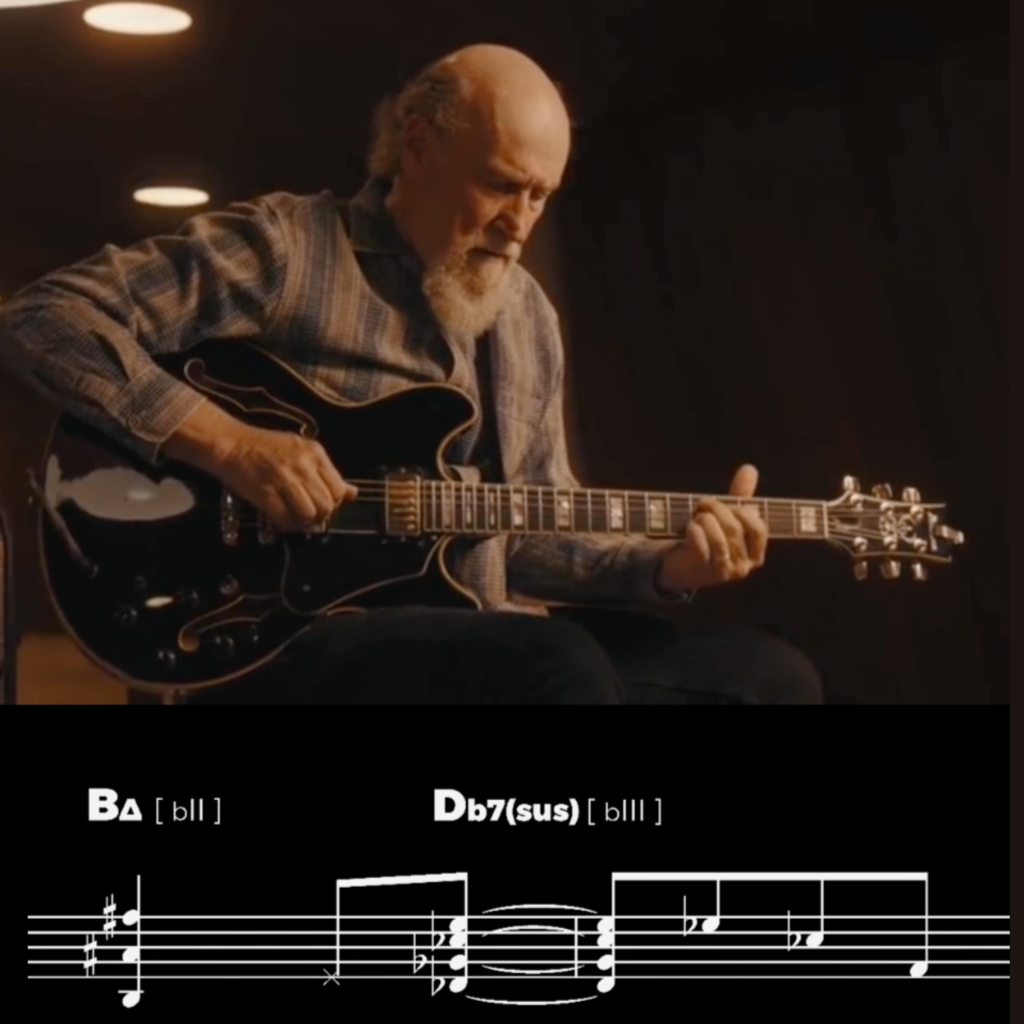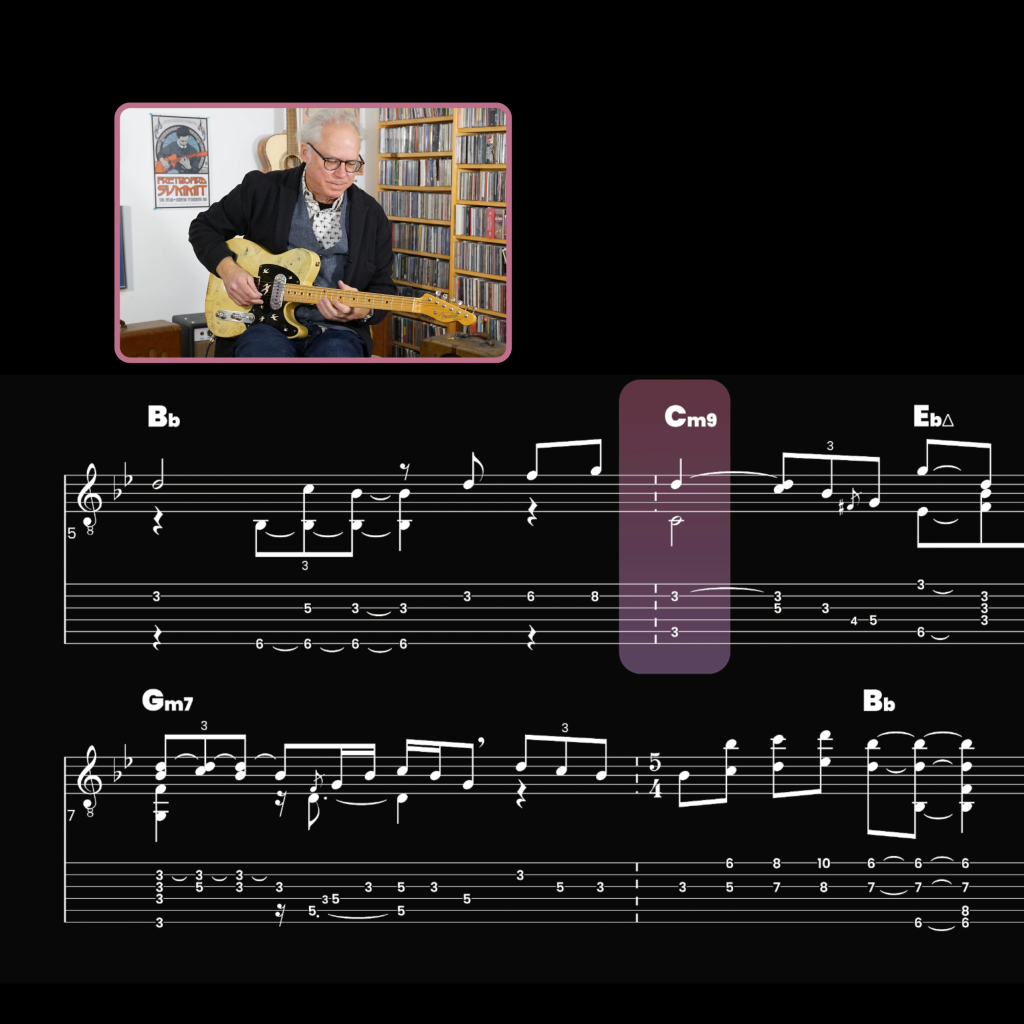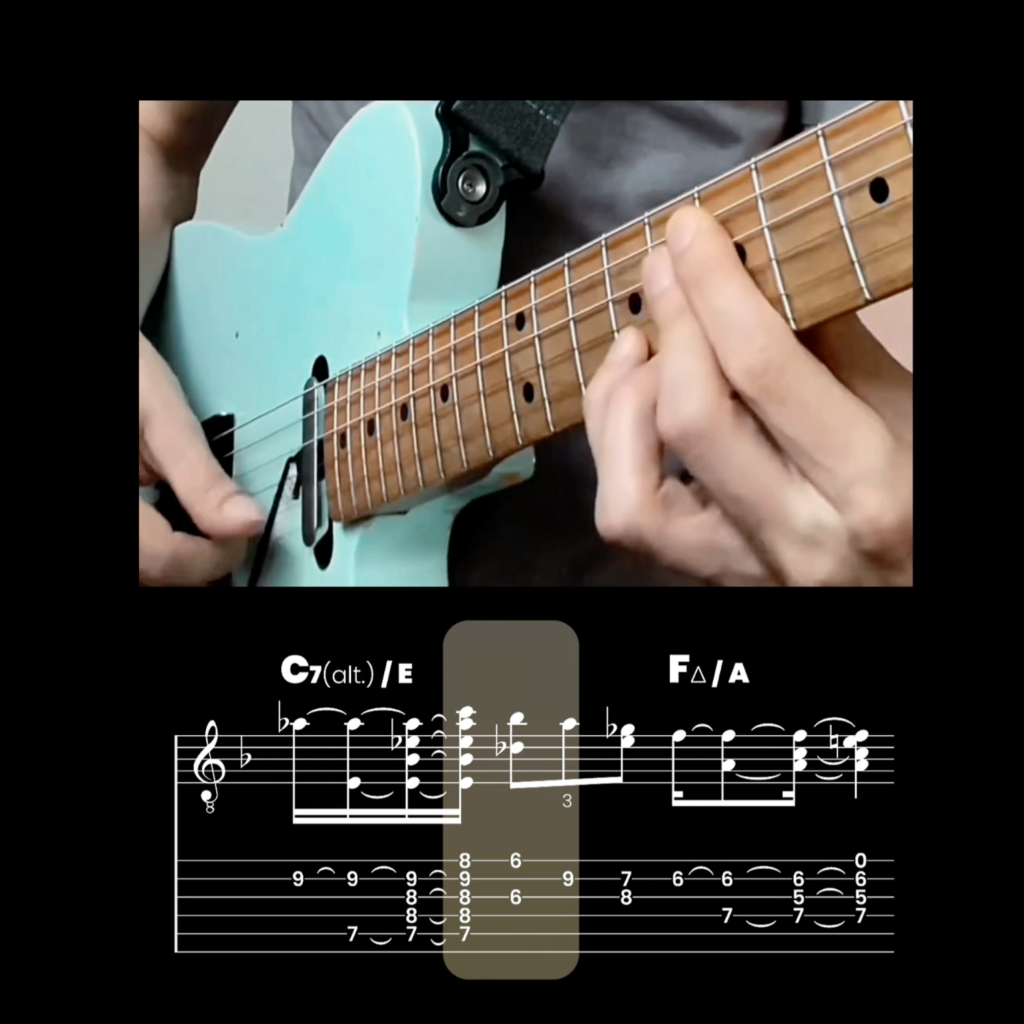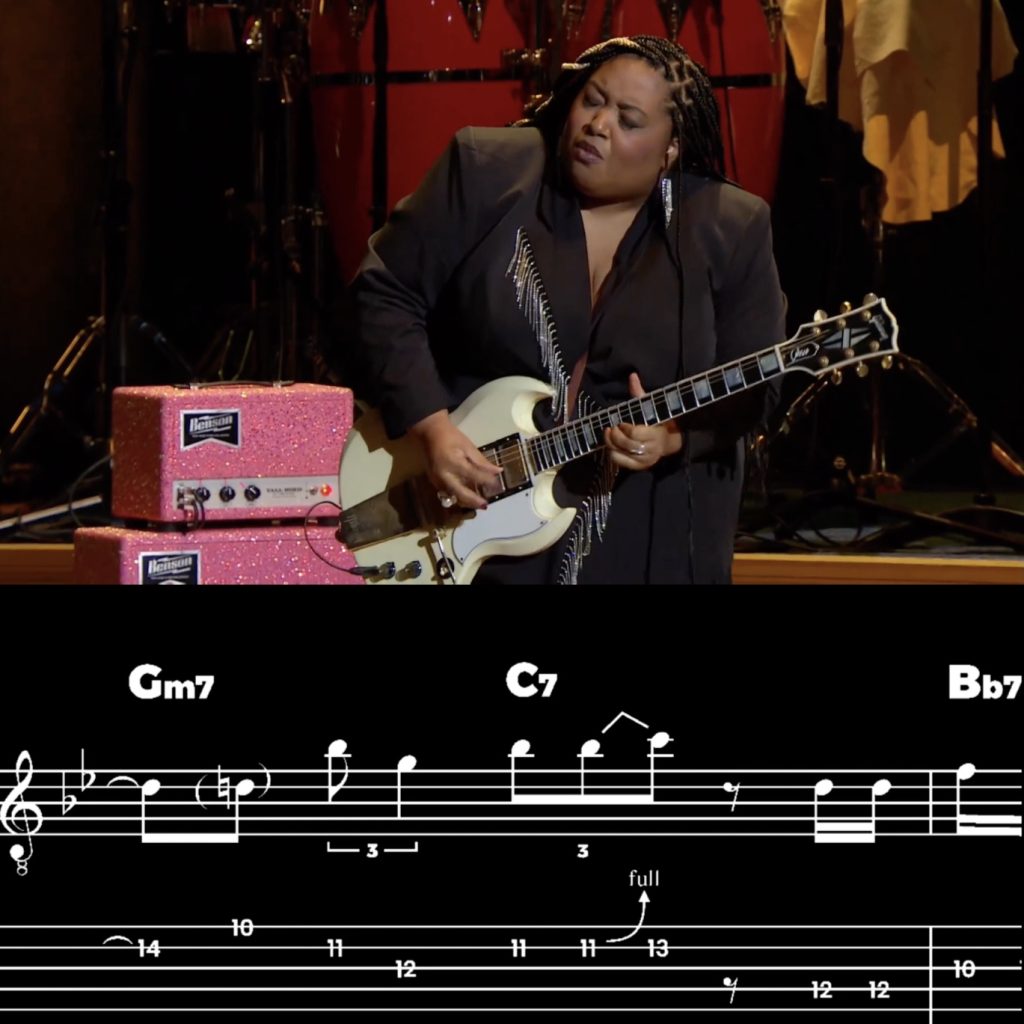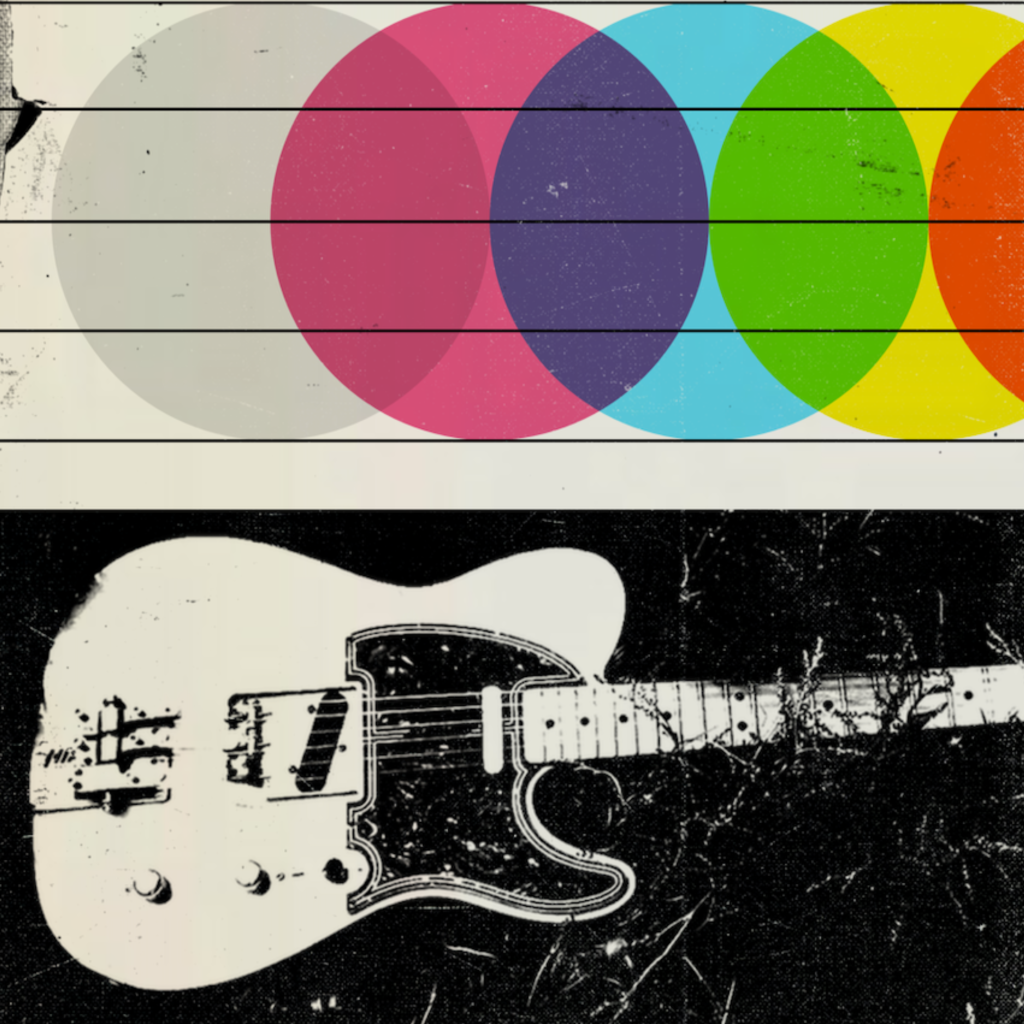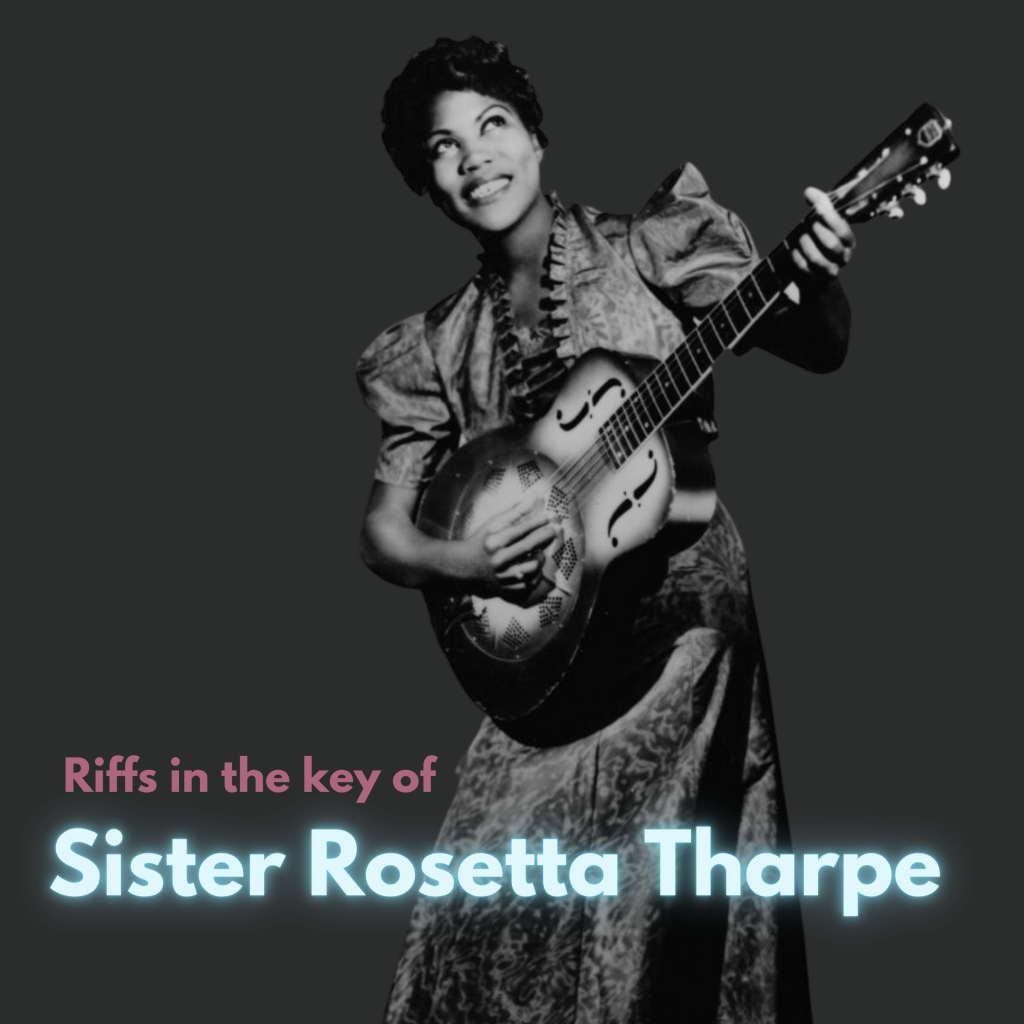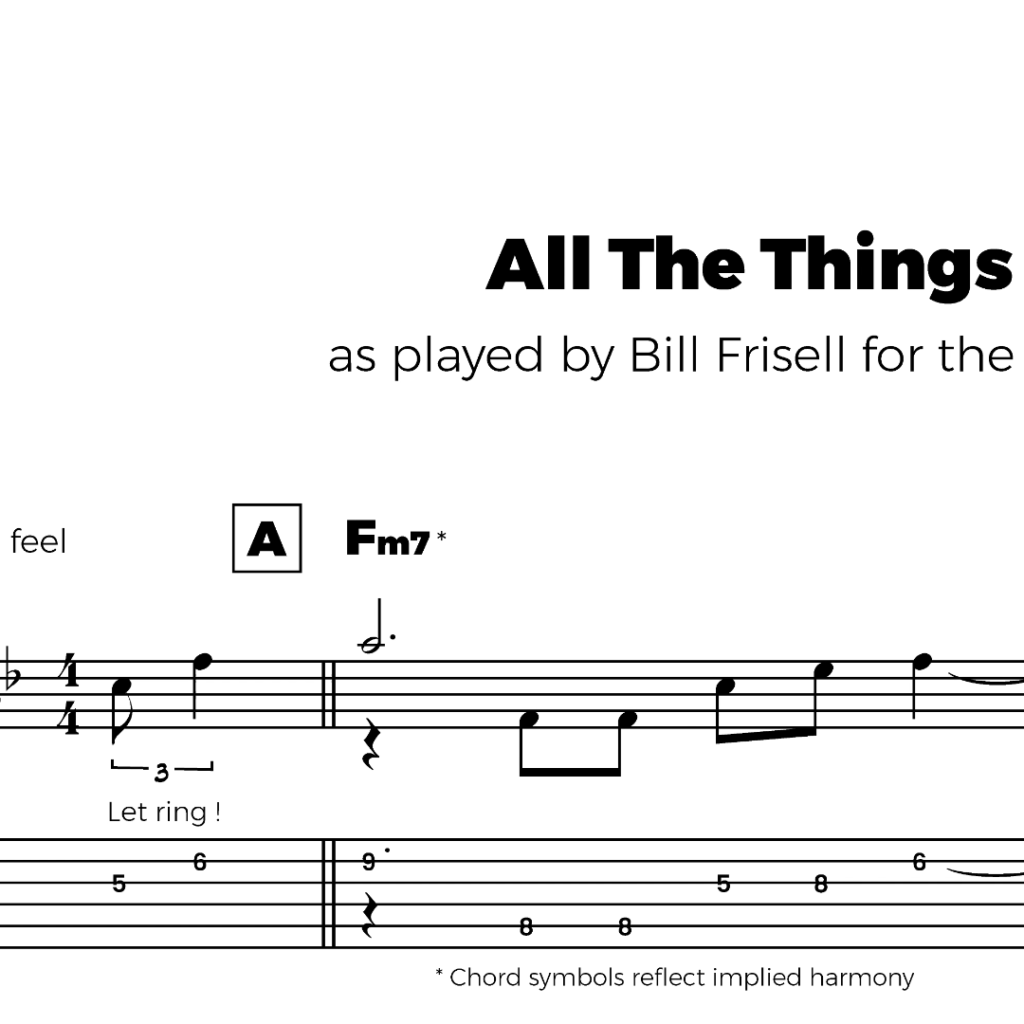Chord Yoga guitar library
Chord Yoga – chakra moves* for your guitar; attempting to unravel the mysteries of music or just looking for guitar tips? Fear no evil, you’re not only already hip to the music – you’re it.
With a lil’ bit of help from these rough translations made up of dots and lines, aka transcriptions, one by one, it becomes easier to make a guitar sing or speak your way.
Gain insight into musical ideas and concepts of contemporary players like Bill Frisell, Arianna Powell, Tim Lerch, Adam Levy […], and check out legends like Charlie Christian, Sister Rosetta Tharpe, Roy Buchanan, Jimmy Wyble, Jim Hall, Joe Pass, Ted Greene or Spanky Alford – whose contributions shaped today’s sound of music.
Learn how to apply harmonization techniques of the great composers of American popular music: Charles Mingus, Antônio Carlos Jobim and George Gershwin.
- 800+ pages of transcribed music performances – jazz, blues, neo soul
- How to apply music theory to the fretboard: Tone – Theory – Technique
- Guitar methods & concepts: e.g. ‘Neo Soul Guitar 101’ & Concepts for Solo Guitar Performance
- Weekly new lessons and transcriptions of real performances
- Six String Music Theory Q/A via email
- Unlimited access to all current and upcoming transcriptions
While there are plenty of specifically tailored guitar methods and learning concepts for all kinds of music styles, working with transcriptions offers a non-linear, yet more integrated and realistic approach of learning about and creating music – a priceless perspective that improves perceiving, feeling, internalizing and knowing the music you love.
Get access to all our online resources by signing up for an account. If you sign up for the year it works out to a $10 discount.
The membership will be renewed automatically. You can quit the monthly membership anytime and the yearly membership before it expires.
* The label Chord Yoga came about as a tongue-in-cheek term – at times, some of those chord grips, as well as the general use of muscle memory to play musical instruments suggest perceived parallels to the contemporary version of later hatha Yoga practices. E.g. when chords grips are learned isolated, out of context with specific fingerings, this also qualifies as a physical and mental strength-building exercise – in a way, miniature versions of the postures that are taught in those neighborhood yoga studios.
Comparatively, the original asana postures from the early Yoga sutras of Patanjali [1st centuries CE] are way fewer and their initial purpose was to become more situated for meditation, not for physical exercise.
A more applicable parallel between musical practices and one of the early definitions of Yoga [sanskrit: union] as a physical, mental and even spiritual practice is growing unification of musical consciousness – to actively work on a more integrated perception of sound.
A good example is being aware of the implications of the ‘union’ of melody and harmony: both are interdependent parts of the same, the interconnected sound, yet also distinct, individual parts which have to be perceived, experienced and understood before they can be consciously and deliberately applied in other musical situations.
When Yoga is defined to be the calming down of the fluctuations or patterns of the mind – the term chord yoga describes a non-linear learning approach to perceive and apply the grammar behind the music in a conscious and flexible way.
